Fleas are the tiny villains no cat parent wants to deal with. They jump, they bite, and they multiply fast, leaving your poor kitty scratching away in discomfort. If you’re noticing more than just the usual grooming from your cat, it might be time to take action. But don’t panic! We’ve got the expert advice from a veterinarian to help you get rid of those pesky fleas once and for all. And yes, it may involve a bath your cat won’t love—but trust us, it’s worth it.
Why Fleas Are a Bigger Problem Than You Think
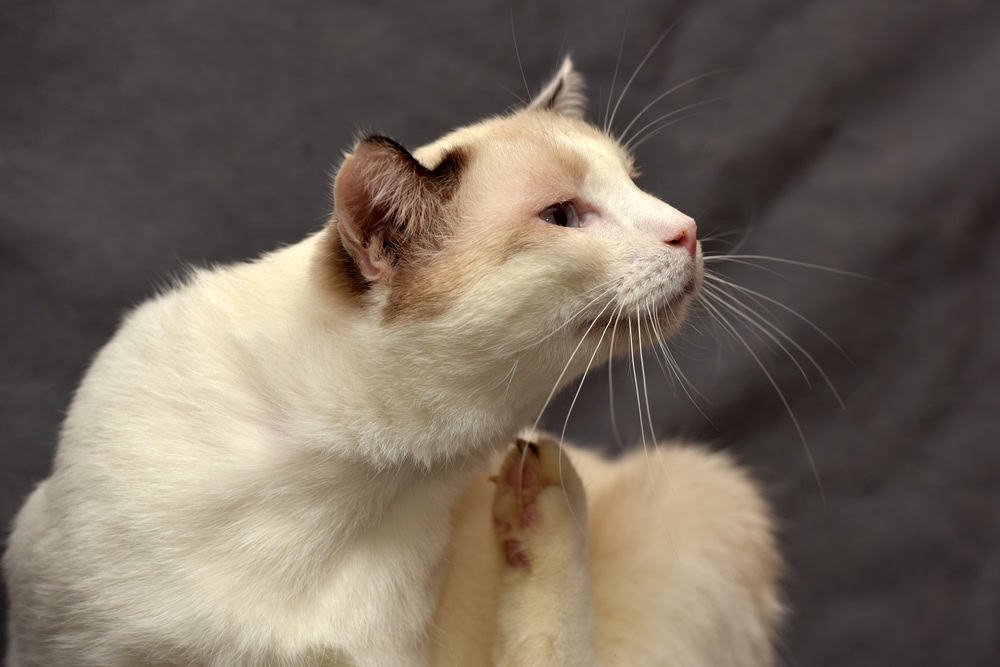
Fleas aren’t just a nuisance—they can actually cause some serious problems for your furry friend. According to Dr. John de Jong, a vet with years of experience, fleas can make your cat anemic. Imagine your cat feeling tired and weak because these little parasites are sucking the life out of them—literally. Fleas are like tiny vampires, draining your pet’s blood and leaving them exhausted. Plus, fleas can carry larvae of intestinal parasites, which can lead to tapeworms. Gross, right?
How Cats Get Fleas
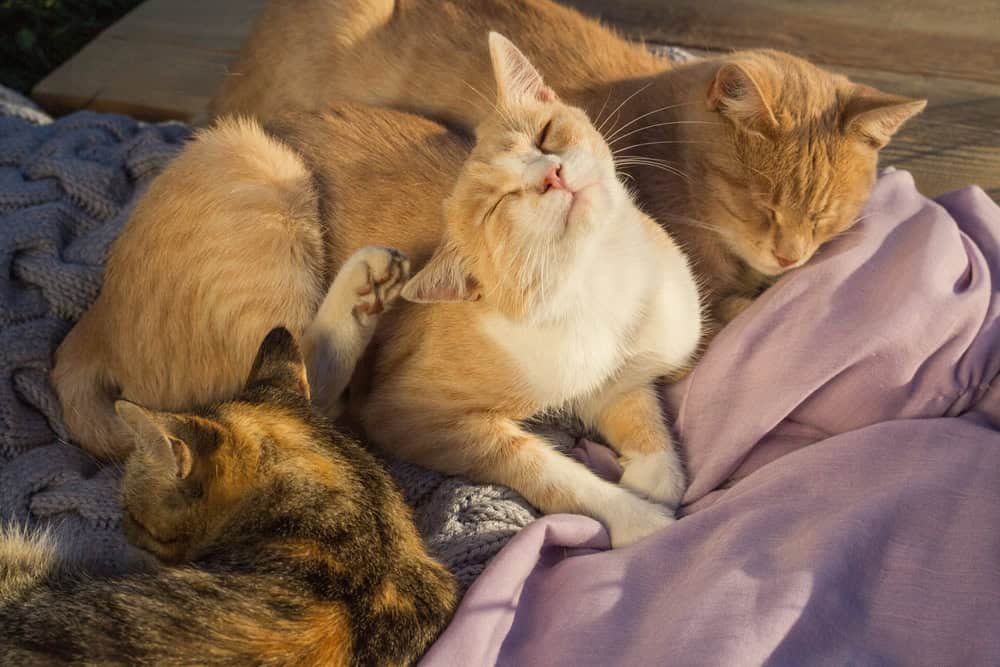
You might think your indoor cat is safe from fleas, but unfortunately, that’s not always the case. Fleas can hitch a ride on your clothes, shoes, or even other pets. They can jump up to 12 inches, latching onto your unsuspecting kitty and starting their vicious cycle. While outdoor cats are more at risk, indoor cats aren’t immune. Fleas love to hide in soft areas like carpets and furniture, so it’s important to be vigilant even if your cat rarely ventures outside.
Signs Your Cat Has Fleas
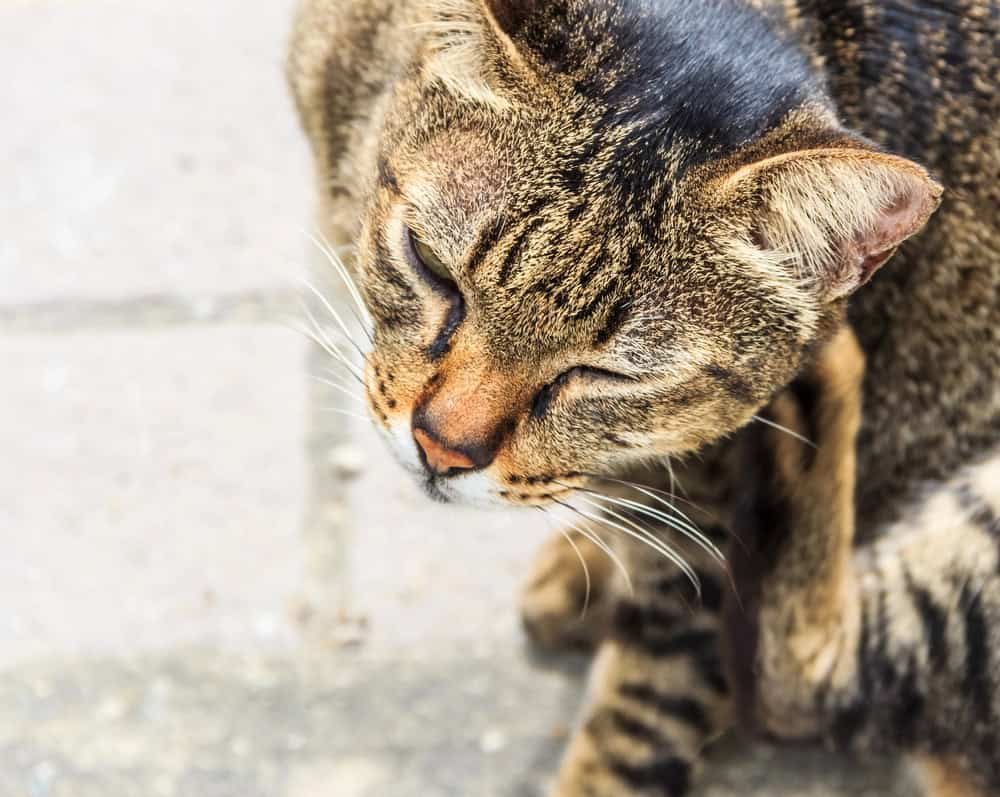
So, how do you know if your cat is dealing with a flea infestation? The most common signs include excessive scratching, licking, and biting at their fur. You may also notice red, irritated skin or even bald patches where your cat has been scratching too much. Another big clue? Flea dirt, which looks like little black specks on your cat’s skin. Fun fact: flea dirt is just a polite term for flea poop. If you wet a bit of it and it turns red, that’s because it’s dried blood—your cat’s blood.
Confirming Fleas With a Simple Test
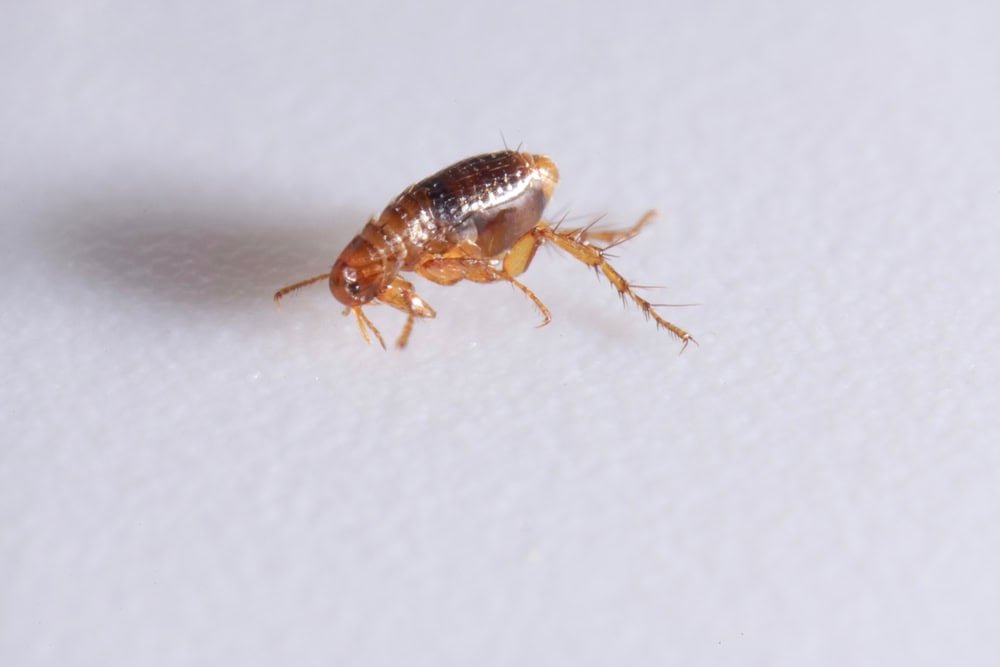
If you suspect your cat has fleas but aren’t 100% sure, there’s a simple test you can try at home. Grab a flea comb and gently comb through your cat’s fur, paying special attention to areas like the neck and tail. If you spot any tiny, dark fleas or flea dirt, you’ve got your answer. To be extra sure, you can also blow gently on your cat’s fur to see if any fleas or dirt scatter. And if you’re still unsure, a trip to the vet will confirm what’s bugging your kitty.
Flea Prevention Is Key
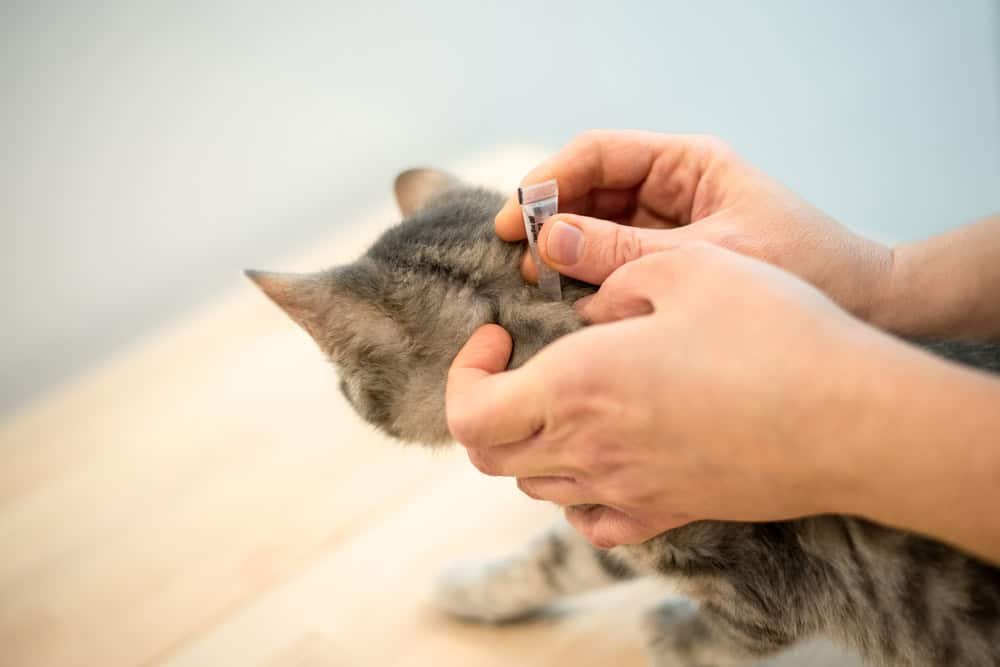
Once you’ve confirmed the fleas, your vet will probably recommend a flea treatment that works quickly to kill the little parasites. Products like Frontline and Advantage are popular choices and can kill fleas on your cat within a day. After the initial treatment, it’s important to keep your cat on a monthly flea preventative to avoid future infestations. These treatments are safe, easy to apply, and they’ll protect your pet from these unwelcome hitchhikers.
Giving Your Cat a Flea Bath
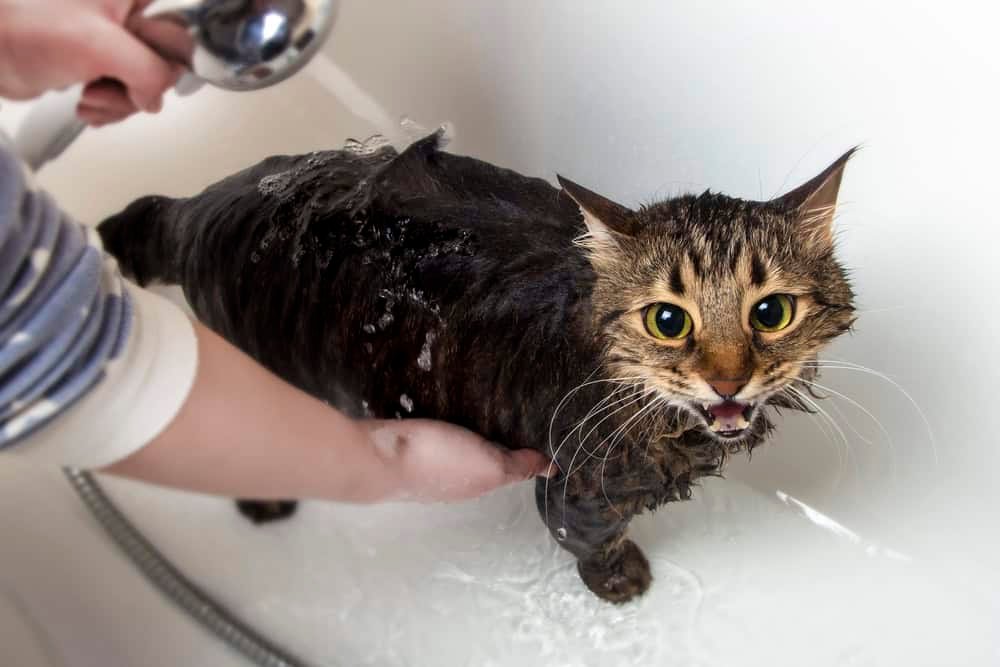
Alright, here’s the part your cat definitely won’t enjoy—a bath. Giving your cat a flea bath is a great way to get rid of fleas fast. While you could use something like Dawn dish detergent, a specialized flea shampoo recommended by your vet is usually a better option. Just be sure not to use too many different flea treatments at once, as that could cause a reaction. And yes, your cat will give you “the look,” but they’ll thank you later (in their own aloof way).
The Flea Comb: Your Secret Weapon
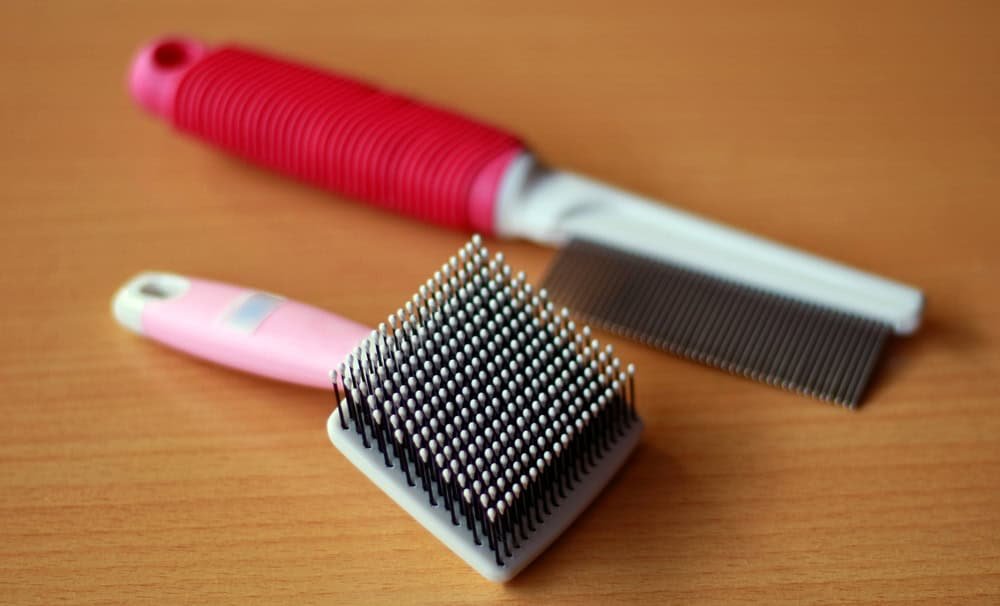
After the bath, grab a flea comb and start combing through your cat’s fur. This handy tool helps remove any fleas, eggs, and flea dirt that might be hanging on after the bath. Dip the comb in hot, soapy water after each stroke to trap and kill the fleas. For best results, comb your cat multiple times a day until you’re sure the fleas are gone.
Treating Your Home: A Flea-Free Zone
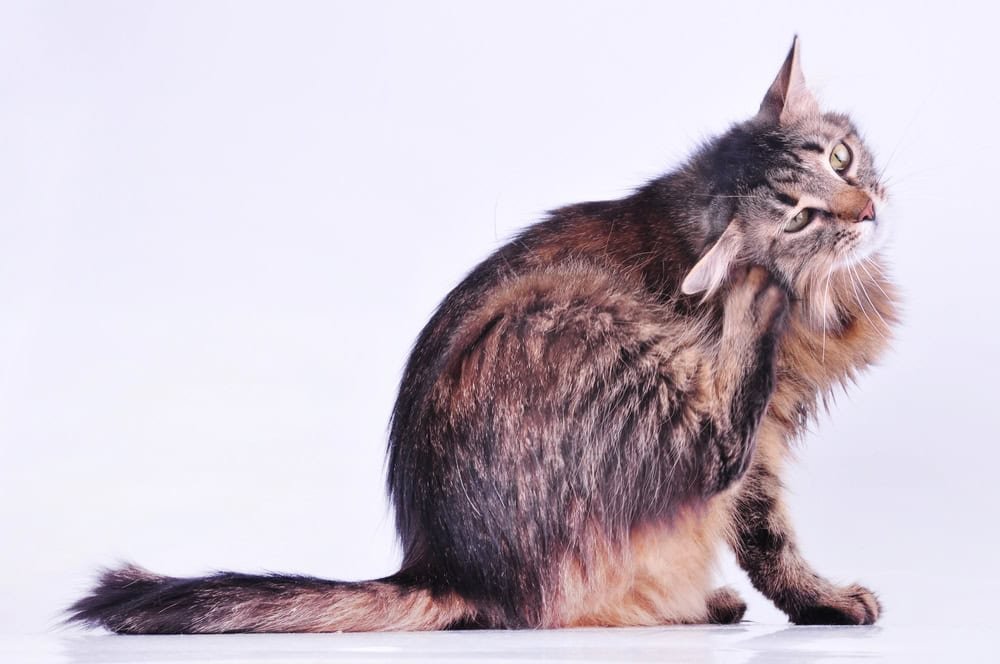
Here’s something most people don’t realize: getting fleas off your cat is just part of the battle. Fleas spend about 80% of their time off the animal, hiding in your home—especially in carpets, bedding, and furniture. To fully break the flea life cycle, you’ll need to treat your entire home. This means vacuuming, washing pet bedding, and possibly using an insect growth regulator to prevent flea eggs from hatching. A clean home is your best defense against a future infestation.
Now that you know how to tackle fleas like a pro, your cat can return to their flea-free, happy self in no time!

Suhail Ahmed is a passionate digital professional and nature enthusiast with over 8 years of experience in content strategy, SEO, web development, and digital operations. Alongside his freelance journey, Suhail actively contributes to nature and wildlife platforms like Feline Fam, where he channels his curiosity for the Feline into engaging, educational storytelling.
With a strong background in managing digital ecosystems — from ecommerce stores and WordPress websites to social media and automation — Suhail merges technical precision with creative insight. His content reflects a rare balance: SEO-friendly yet deeply human, data-informed yet emotionally resonant.
Driven by a love for discovery and storytelling, Suhail believes in using digital platforms to amplify causes that matter — especially those protecting Earth’s biodiversity and inspiring sustainable living. Whether he’s managing online projects or crafting wildlife content, his goal remains the same: to inform, inspire, and leave a positive digital footprint.






